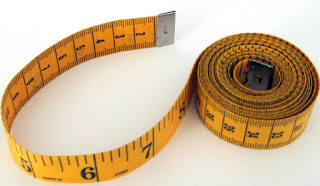Pressure
The relationship between pressure, force and area:
- Learn above formula by heart, if definition of pressure is asked in exam just write above formula in words as
Pressure = force / area
Theoretical understanding of the formula: If we look at the formula, the force is in numerator and area is in denominator. If force is large and area is small then the pressure would be bigger and vice versa.
As If Force = 5 N and area is 5 m2
then pressure is P= 5/5 =1 N/m2 or pascal
However,
if force = 5 N and area is 0.5 m2
then pressure would be P = 5 / 0.5 = 10 N/m2
Conclusion
That is why camel can walk on the desert but a beautiful lady with a high and sharp heel can not. Reason, camel’s feet are wide so area is large and camel’s weight is divided on four legs. However, the beautiful lady’s weight is divided only on two feet and whose contact area with the ground is very small due to sharp heels.
Example#1: An elephant weighing 40,000 N stands on one foot of area 1000 cm2 (0.1 m2). What pressure is extered on the ground?
Pressure = Force / Area = 40,000 /0.1 = 400,000 N/m2
Example#2: What is the pressure exerted by a girl weighing 400 N standing on one ‘stiletto’ heel of area of 1 cm2 (0.00001 m2)?
Solution: Since Pressure = force / area = 400 / 0.00001 = 4000000 N/m2 which is ten times bigger than elephant’s pressure on ground.
Examples, a woman having mass of 50 kg wearing a pointed heel of 0.1 cm2 would apply a pressure of 500 N; whereas, a woman having same mass wearing a heel of 0.5 cm2 would apply a pressure of 100 N. So what do you think which lady can walk easily on sand. The one with larger area of heel because smaller heel would apply more pressure and would dip deeper in sand.
Pressure in liquids
The barometer has a tube with vacuum at the top and mercury filling the rest. The pressure of the air pushes down on
the reservoir, forcing the mercury up the tube. You measure the height of the mercury in the test tube, and the units
used are mm of mercury. ~760 mm of mercury is 1 atm.
•A manometer measures the pressure difference. The height difference shows the excess pressure: the extra
pressure in addition to atmospheric pressure.










Comments